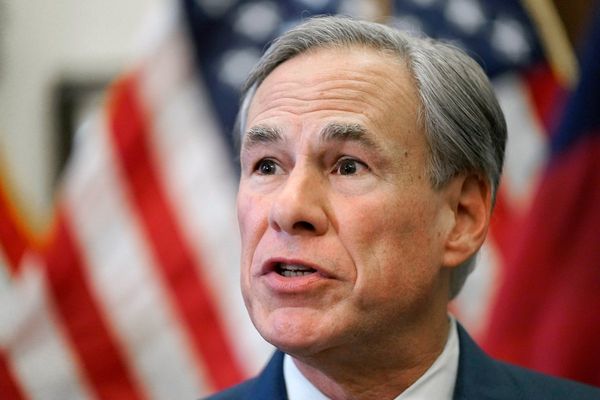Over the last few months, the great debate has been over whether 2021's hyper-growth will end with a soft landing — a gradual slowdown — or a hard landing that becomes a nasty recession.
- The June employment numbers raise the question of if the plane is even landing at all.
Why it matters: Policymakers are looking for more moderate job creation as the economy cools, lowering inflation pressures. Instead, the labor market remains robust.
- That eases recession fears for now, but it also raises the risk that the Fed will maintain an aggressive approach to raising interest rates.
Driving the news: Employers added 372,000 jobs last month, roughly 100,000 more than Wall Street economists expected. The unemployment rate was unchanged at 3.6%.
Between the lines: This is an unusual moment, in which even politicians are looking for a slowdown in jobs.
- President Biden, for example, said in an opinion article on May 30 that if job growth shifted down to something around 150,000 a month, it would be "a sign that we are successfully moving into the next phase of recovery."
- It's not happening, though. Over the last three months, job growth averaged 375,000 a month.
- With employers still creating jobs at a rate faster than demographics would allow, it implies the too-hot economy isn't cooling down enough to restrain inflation.
It's a good reminder that for all the focus on a handful of hiring freezes and layoffs at some buzzy companies, most U.S. businesses are still hiring aggressively to meet high demand.
- That also shows up in indicators like weekly jobless claims, which have ticked higher recently but remain near historically low levels.
For the Fed, the strong job growth makes another 0.75 percentage point rate hike later this month look like a near-certainty (officials have indicated that a half-point rise is also an option).
- Bond markets early today rapidly priced in more tightening, as the two-year Treasury yield spiked to 3.12%.
What they're saying: "Today's job number should soothe fears of an imminent recession, but it does nothing to relieve fears of considerable further Fed tightening," said Seema Shah, chief global strategist at Principal Global Investors.
Yes, but: The report also contained some news that helps diminish fears of an upward inflation spiral. It showed average hourly earnings rising 0.3% last month, up 5.1% over the last year.
- Those numbers are level with last month and reflect a deceleration from earlier in the year, which suggests there is no upward spiral of wages underway.
There are also conflicting signals in the report. According to a survey of households, used to derive the unemployment rate, there were 315,000 fewer Americans working. The share of prime-age adults — people 25 to 54 — working ticked lower to 79.8%.
How it works: The establishment survey — a survey of employers that generates the payrolls and earnings data — is generally considered more reliable for month-to-month job gains, though it is subject to large revisions as more complete data becomes available.
The household survey, however, has a larger margin of error than its counterpart, so in any given month is more likely to give a misleading signal.
- The Bureau of Labor Statistics says that in the employer survey, a move of 120,000 jobs is statistically significant, while in the household survey that number is 500,000.
The big picture: Another troubling sign showed the labor force shrinking by 353,000 workers — certainly not something Fed officials want to see. They're hoping the job market draws in more workers to take the pressure off shortages, which could help cool inflation.
The bottom line: The economy probably isn't in recession. But the longer job growth stays robust, the more painful the eventual comedown is likely to be.







